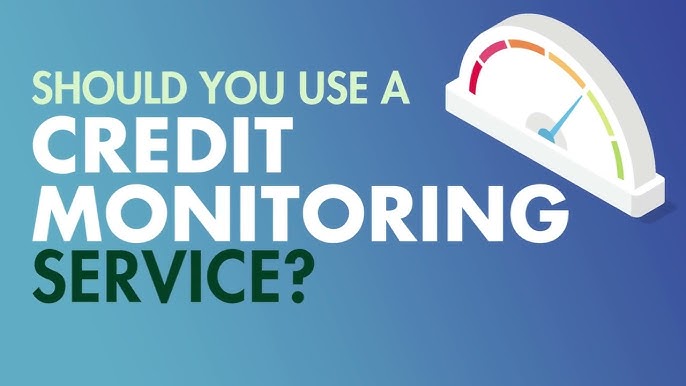The Cybersecurity Whack-a-Mole: Why Credit Monitoring Isn’t Enough in the Age of Endless Data Breaches
In today’s digital landscape, data breaches have become a grim inevitability. From government agencies to private corporations, sensitive personal information is routinely exposed, leaving individuals vulnerable. The default response? Free credit monitoring services. While these services may offer temporary relief, they are increasingly criticized as insufficient in addressing the root causes or preventing further harm.
The Normalization of Data Breaches
A Decade of Repeated Failures
The 2015 U.S. Office of Personnel Management (OPM) breach, which exposed highly sensitive information about 21.5 million federal employees, set a precedent for how organizations respond to breaches: offer free credit monitoring instead of implementing systemic changes. Fast forward to 2024, and the pattern persists with breaches affecting billions globally, from AT&T to Change Healthcare. Victims are left with little more than short-term monitoring subscriptions that fail to address deeper vulnerabilities.
The Illusion of Action
Credit monitoring persists because it satisfies a psychological need for action. It allows breached entities to appear responsive while avoiding costly overhauls of their cybersecurity practices. However, these services often fail to prevent fraud and merely alert victims after the damage is done.
Why Credit Monitoring Falls Short

Reactive by Design
Credit monitoring alerts users only after fraudulent activity occurs, offering no proactive protection against identity theft or non-credit-related fraud like medical identity theft or tax scams. Victims often discover unauthorized activity too late to prevent financial or reputational damage.
Privacy Risks
Ironically, signing up for credit monitoring often requires sharing more personal information with third-party companies—potentially increasing the attack surface for future breaches.
A Better Alternative: Credit Freezes
Proactive Protection
Unlike credit monitoring, credit freezes prevent unauthorized access to credit reports, effectively blocking most forms of financial identity theft. Setting up freezes with major bureaus like Equifax, Experian, and TransUnion is free and straightforward.
Balancing Security and Convenience
While some perceive credit freezes as inconvenient due to the need to temporarily lift them for legitimate applications, modern tools allow quick and easy management via apps or secure portals.
Taking Control: Personal Cybersecurity Measures
To better protect yourself post-breach:
- Freeze Bank Accounts: Use services like ChexSystems to block unauthorized account openings.
- IRS IP PINs: Secure tax refunds by requesting an Identity Protection PIN from the IRS.
- Data Obfuscation: Employ email aliases, virtual phone numbers, and masked credit card details to minimize exposure in case of a breach.
Systemic Failures Demand Accountability
Weak Enforcement
Organizations face minimal penalties for breaches, incentivizing superficial remedies like credit monitoring over robust security measures such as mandatory encryption or zero-trust architecture.
The Path Forward
To break the cycle:
- Mandate encryption for sensitive data storage and transmission.
- Impose significant fines for negligence in data protection.
- Shift focus from reactive compliance metrics to proactive risk reduction strategies like FAIR (Factor Analysis of Information Risk).
Conclusion: Prevention Over Monitoring
Credit monitoring is a band-aid on a systemic problem that demands deeper accountability and prevention-focused solutions. Until stricter regulations compel organizations to prioritize security over cost-cutting, individuals must take proactive steps like freezing their credit and securing their digital identities. Only then can we move beyond this endless game of cybersecurity whack-a-mole toward meaningful change in data protection practices.


1 Comment
mia culpa
July 5, 2025I wanted to thank you for this wonderful read!! I definitely enjoyed every bit of it.
I’ve got you bookmarked to check out new things you post…